Starring: Cary Grant, Joan Bennett, William Demarest, Edward Brophy, Gene Lockhart, Conrad Nagel, and Purnell Pratt
Director: Richard Wallace
Rating: Six of Ten Stars
Charlie and Rusty (Grant and Bennett) are big-city journalists who are colleagues and lovers who spend as much time tracking down leads and working on stories as they do pulling pranks and staging elaborate practical jokes. When Charlie is promoted to editor, and he suddenly has to be serious about managing writers and assignments, his relationship with Rusty falls apart. It isn't until she's about to marry a stuffy author of self-help books (Nagel) that Charlie quits his new job, reverts to his previous self, and tries to win her back with the help of a notorious gangster (Demarest).
"Wedding Present" is a fast-moving, witty comedy. It's a little too fast-moving in some ways, as the first half of the film feels more like you're watching a series of loosely connected sketches rather than a movie. It put me in mind of some comedy television series, such as "Faulty Towers" or "'Allo, 'Allo" where most episodes unfolded with a series of almost free-standing sketches that were only united by a circumstance which framed them.
As the film continues, the story begins to coalesce firmly around the rocky romance of Charlie and Rusty. At about the halfway-mark, the film ends up firmly in romantic comedy territory. It's almost like we're watching a sequel to the first half, as this part is comes complete with its own beginning, middle, and end. Some of the "skits" from the first half turn out to be crucial to the story here, but if we'd walked in late, we wouldn't have missed anything, because characters remind us of what went on and why they're doing what they're doing.
This is not a great movie, but it's not a terrible one. Its odd structure is a bit distracting, but it's not a fatal flaw. In some ways, what I view as a flaw might make it more enjoyable for some viewers, especially those who are big Cary Grant fans.
"Wedding Present" is one of the first films where Grant was unquestionably the star. While Joan Bennett certainly holds an important role in the story, has lots of screen-time--most of it in scenes with Grant--it is Grant who carries the movie. His is the character the audience is primarily invested in, and the story that's ultimately told is that of Charlie's road to life-long happiness (if not maturity). It's also the film where, I feel, that he clearly has come into his own as a comedic screen actor. Thanks partially to the episodic nature of this film's first half, we get to see Grant perform in different comedic styles, playing off different actors and situations... and even being the straight man in a scene or two.
Cary Grant is so much fun to watch in this film--especially in scenes shared with Joan Bennett (who gives as good as she gets, every single time) and William Demarest (who does a great job at walking the line between seeming funny and dangerous) that I almost gave it Seven Stars. The totality of the odd structure, though, made me decide to give it the highest possible Six Star rating. This is a highly entertaining, but flawed, film that contributes to making the "Cary Grant: Screen Legend Collection" well worth the purchase price. (I've watched three of the five films in the set so far, and each was almost worth the price by itself.)
Oh--a fun way to watch this film is to consider it a prequel to "His Girl Friday". It's very easy to imagine the lead characters from this film being those portrayed by Grant and Rosalind Russell in that one. Maybe you should get both and have a double-feature watch party with friends!

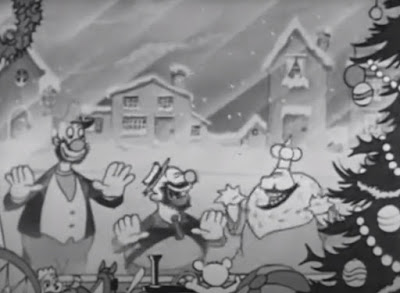

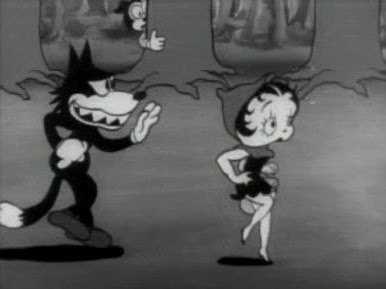

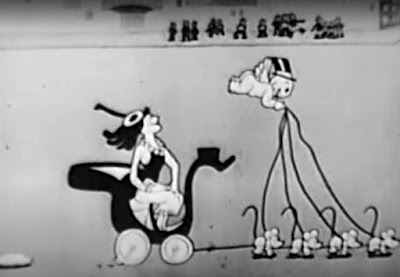

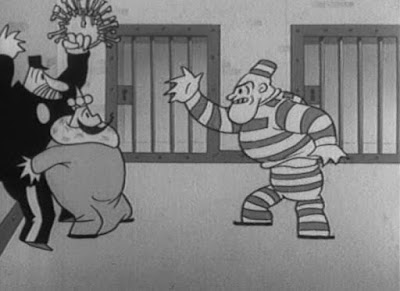
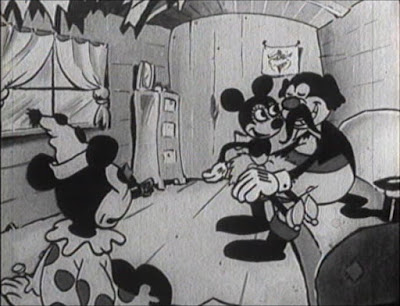

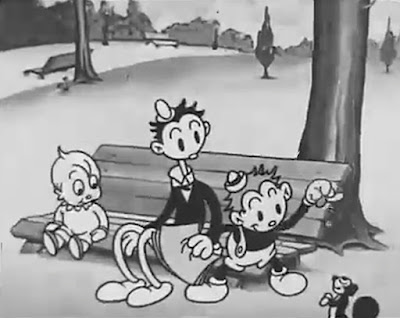
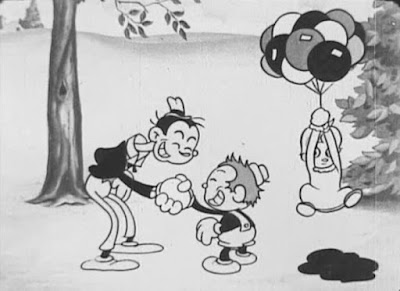
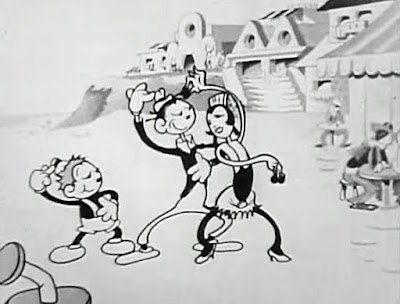
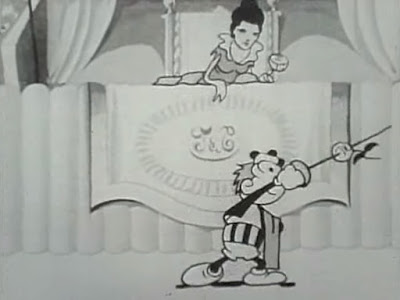
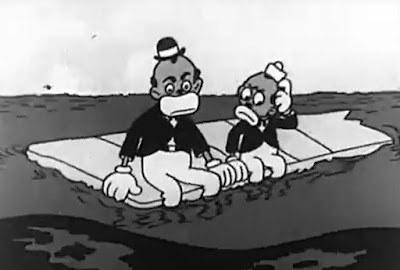
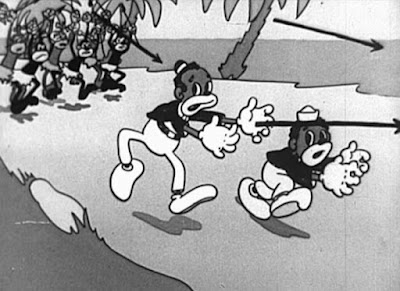
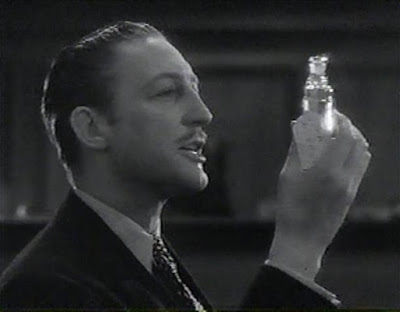


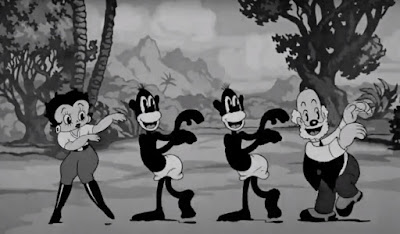
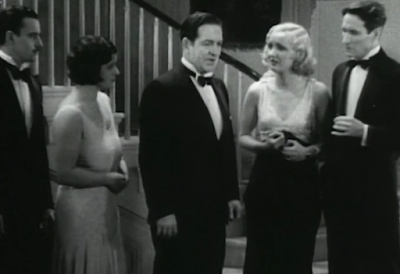
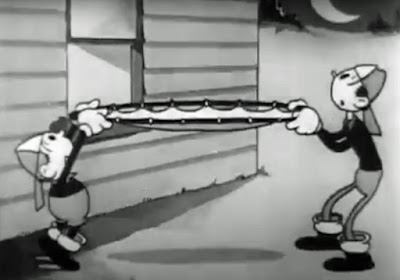

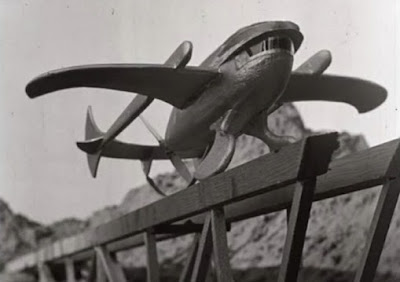



















.jpg)
